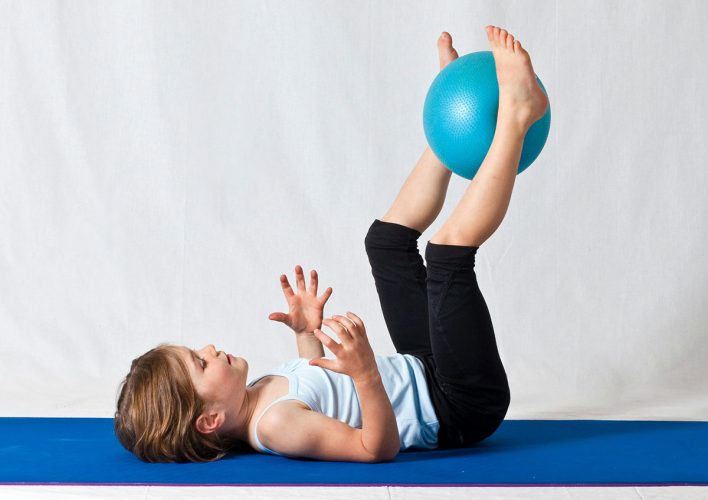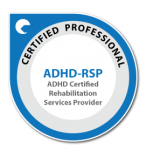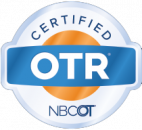

Children have two main occupations: to learn and to play. Kids also have natural curiosity and enthusiasm for both, and learning and play often go hand in hand. Ideally, parents can help by creating an environment with both organic and structured opportunities for both play and learning. Children and teens with ADHD seem to have endless amounts of energy and literally need to burn it off so they can focus. I don’t think anyone would argue the point that children – and especially those with ADHD – need a lot of physical activity. I know many parents who describe needing to sign their kids up for sports programs, or go to the pool every day, or purchase a trampoline, just so they could have more opportunities to expend the excess energy. Aerobic activity is great for burning it off!
Did you know that kids need both aerobic activity and heavy work? You may now be wondering what “heavy work” is. Am I suggesting that your child lift weights?
Yes – kind of.
Back in the day, everyone was doing harder physical labor – working in the fields, pounding hammers and carrying wood, scrubbing floors and dishes by hand, walking a lot, pushing and pulling and turning wheels and dials in manual pieces of equipment. Even the more academic or business types had to use more physical power to do many of the day’s regular tasks. Even my grandma’s rotary phones required some physical ability!
Our bodies were not designed to sit behind a screen all day. We have different types of muscle fibers that allow for quick movements and short bursts of intensity, and fibers that help us sustain longer, endurance type activities. None of those muscle fibers have to work very hard when we are sedentary! Any movement that involves pushing or pulling puts resistance or stretch on the muscle fibers, and activates the proprioceptive sensory system.
So what is going on in the body when we engage in resistive, “heavy work” type exercise? And what does this have to do with executive functioning skills?
We know the “basic” five senses: sight, smell, hearing, touch and taste. The three others are vestibular, proprioception and interoception. We will focus on proprioception.
You may not be familiar with the proprioceptive system. On the nerdy level, we have joint receptors that register when the joints are compressed (as in jumping or carrying something heavy) or pulled apart (as in stretching or hanging from a monkey bar). The joint receptors also send information to the brain about where our bodies are in space. (For example, if you close your eyes right now, you know where your arms and legs are, the position of your head, if you are slumping or sitting upright… all without having to “look” and see). This sense is critical to being able to coordinate our movements and be aware of where our bodies are in relation to objects and people. The pushing and pulling proprioceptive input has a beneficial regulating effect on the sensory system, providing a “just-right” level of alertness and attention needed for focus and learning.
Many of today’s children spend entirely too much time sitting in front of computer, video or phone screens and not enough time engaging in physical activity. This is especially detrimental to kids with ADHD, who need the physical outlet in order to be calm and focused. Their proprioceptive system are not getting enough input when they remain mostly sedentary!
Decreasing P.E. days and recess time at school, along with the increased screen time at home, have also contributed to:
Good news! Putting exercise back into a child’s life will create positive changes! Studies support that exercise (both aerobic and resistance) improve executive functioning skills… but even if it did not, there would still be beneficial outcomes to increasing exercise in more sedentary children.
By now, I have mentioned executive functioning skills quite a bit in my blogs. The following are a few EF areas that have shown improvement in various studies.
It’s pretty clear that exercise has both short term and long term benefits to executive functioning!
I am a huge advocate of team sports and playing sports in general. The benefits of being on a team are many, especially for children who may struggle with low self-esteem due to ADHD issues. If your child is not the “sporty” type, he or she can benefit from a running club or more solo sports like gymnastics, golf, swimming, or diving, where they are still part of a bigger team. Go even deeper and consider martial arts, rowing, fishing, or hiking clubs, archery, horseback riding – the possibilities are really endless.
I realize that we are in the middle of a pandemic and team sports – or any type of team – may not be possible in all areas. The point is, get your child regular aerobic physical activity! You can still do this without being part of a team!
But what about that “heavy work”? Aren’t kids too young to lift weights?
Yes, resistance training with actual weights should only occur later in the teens and under instruction or advisement from a physician, physical therapist, sports coach and/or athletic trainer. But there are so many other things children can do to activate that proprioceptive system, even as toddlers!
Following is a list of ideas that you can use starting today!
I can’t tell you how much is right because it varies based on age and previous activity level. For younger kids, emphasize play that alternates or incorporates both aerobic and heavy work. Older children and teens should engage in free play activities as well as sports or regular exercise and weight training, chores or other heavy work. It is important to keep these activities fun and self-selected (well, maybe except for the chores)!
Regular activity interspersed throughout the day gives the eyes a break from screens or reading, and it supplies a boost of dopamine that is lacking in the ADHD brain. It regulates mood, alerts the mind, and calms the body. What could be more beneficial?
One more note. If I can give a piece of parenting advice around this topic, it is this. Please do not punish your children by taking away sports, recess, or any outside physical activity time! This actually ends up punishing everyone. Your child needs activity more than anything! All ADHD experts agree on this point!
Happy exercising!
Check out these articles for more information.
https://www.parentingscience.com/exercise-for-children.html
https://www.additudemag.com/the-adhd-exercise-solution/
and this one for the meta-analysis
https://jamanetwork.com/journals/jamapsychiatry/article-abstract/2680311?redirect=true
If you need help setting up a “just right” exercise plan for your child with ADHD and executive functioning struggles, please contact me by filling out my questionnaire for children with ADHD.




Copyright 2024 © Kids Empowered 4 Life. All rights Reserved.
All information on the Website is presented as informational only and is not a replacement for therapy assessment, diagnosis, intervention, or medical advice. The information provided on the Website is provided “as is” without any representations or warranties, express or implied. Kids Empowered 4 Life assumes no responsibility for errors or omissions that may appear in the Website.